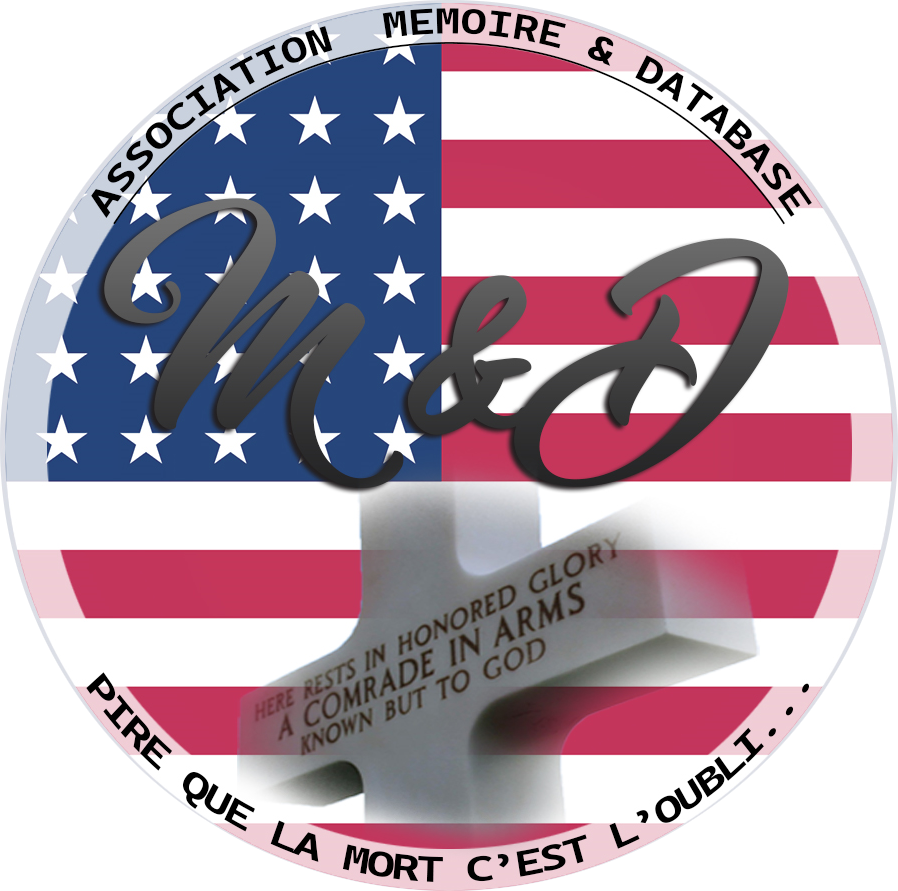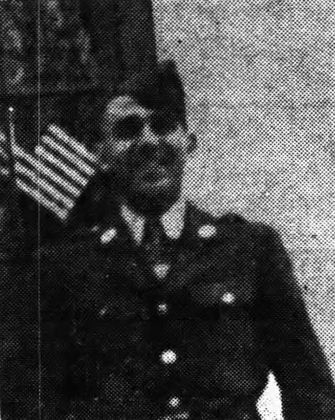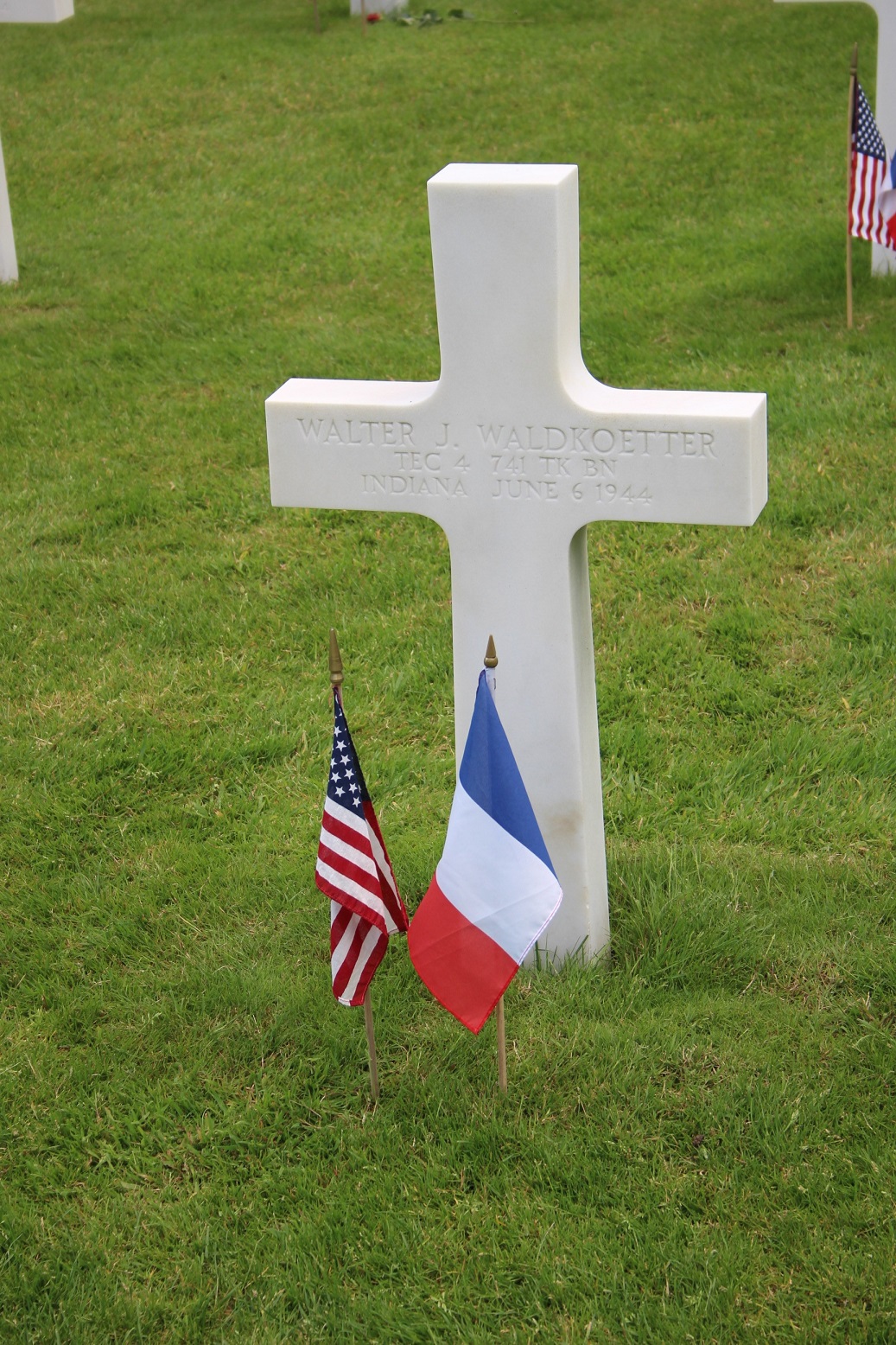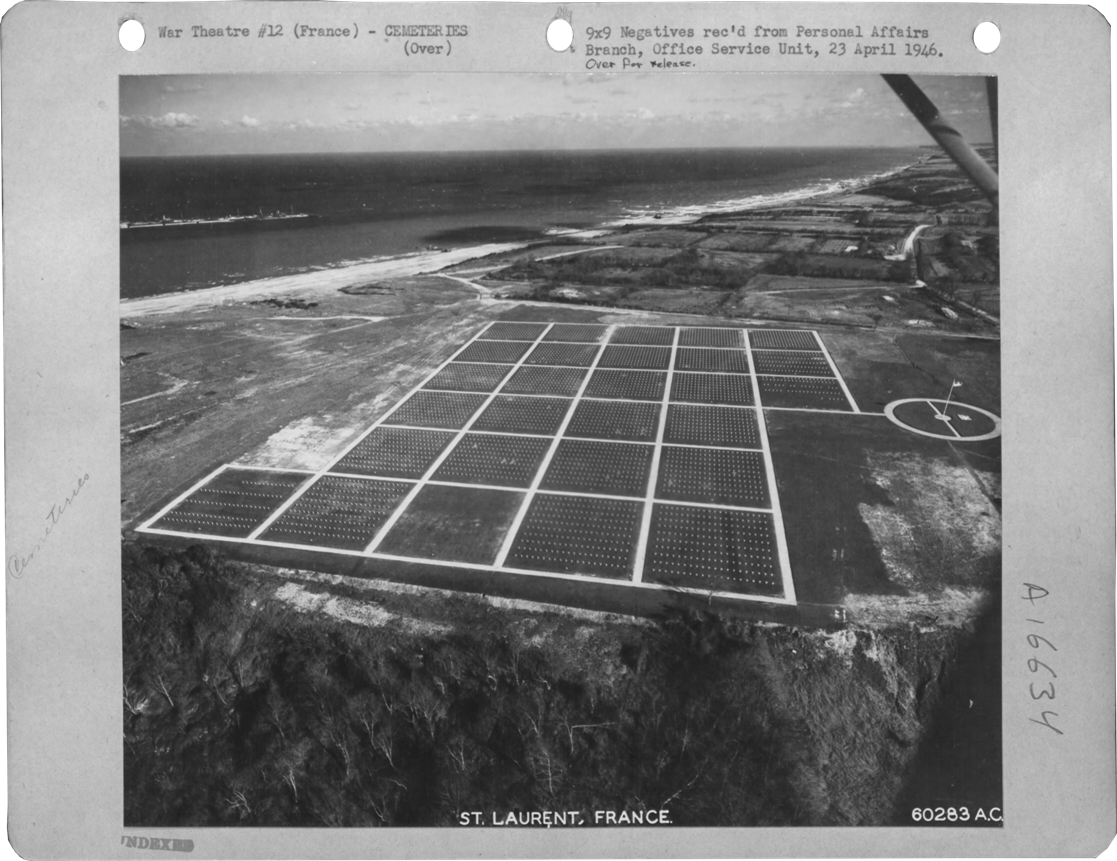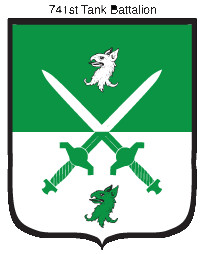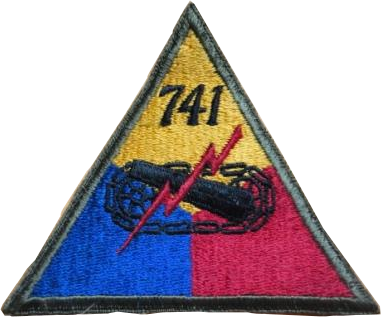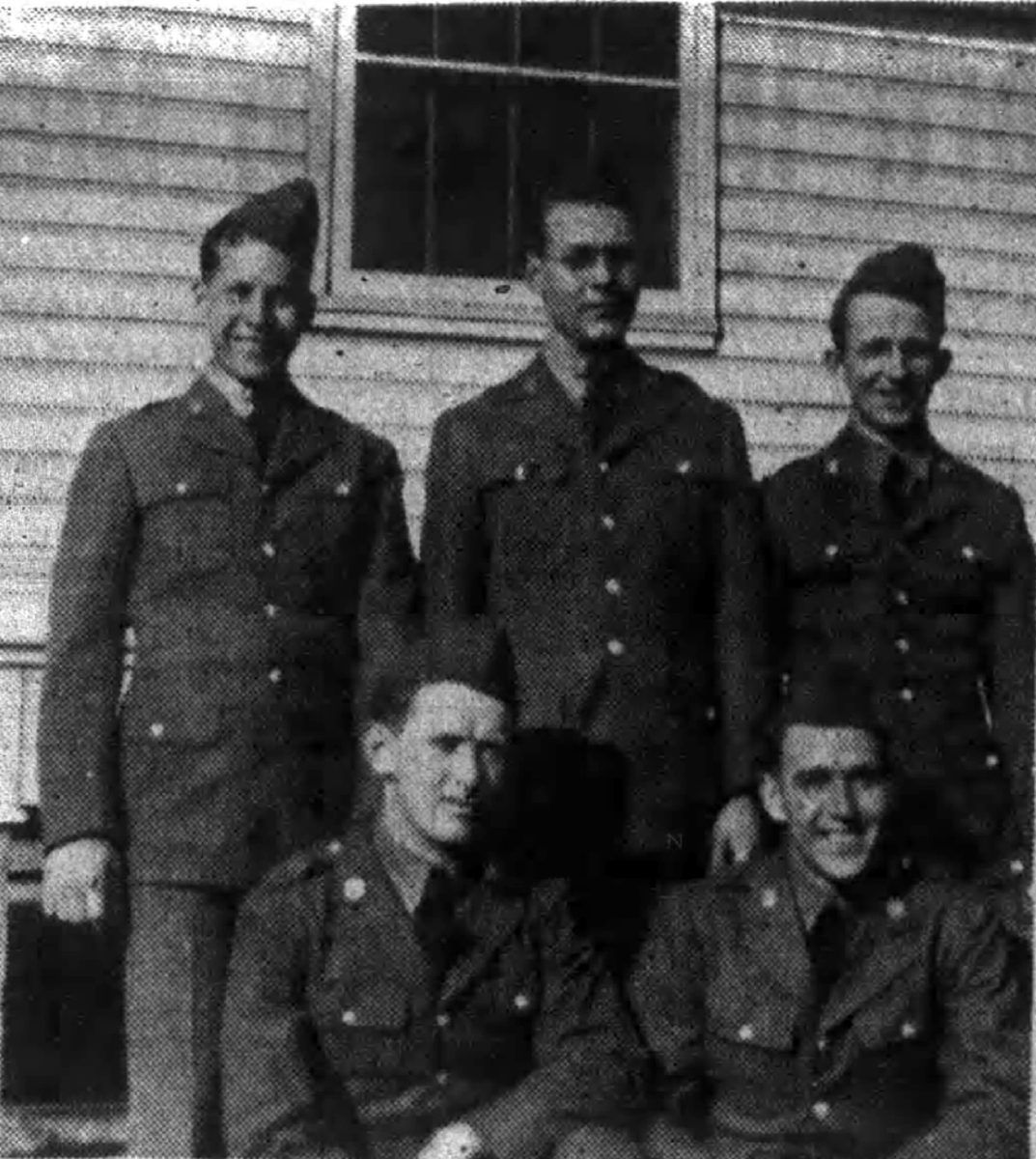|
Walter John WALDKOETTER
| |||||||
|---|---|---|---|---|---|---|---|
|
Source : JF Pellouais
| |||||||
| NUMBER OF SERVICE | 35252583 | ||||||
| AGE | 29 yo | ||||||
| DATE OF BIRTH | 5 august 1915 Jackson County, INDIANA | ||||||
| ENLISTMENT STATE | INDIANA | ||||||
| FAMILY |
Spouse : Blanche Jane Patrick Parents : John & Minnie M. Altemeyer WALDKOETTER Siblings : Louise Caroline, Lillian, Henry A, Hilda W & Dorothy Lois | ||||||
| RANK | Technician Fourth Grade | ||||||
| FONCTION | machine-gunned | ||||||
| JOB BEFORE ENLISTEMENT | Semiskilled occupations in mechanical treatment of metals | 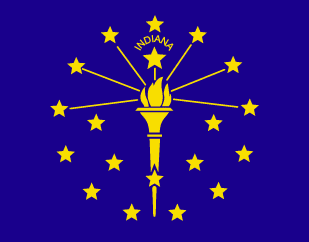 | |||||
| DATE of ENLISTEMENT | 12 January 1942 Fort Benjamin Harrison INDIANA | ||||||
| COMPANY | Company | ||||||
| BATTALION | 741st Tank Battalion | ||||||
| ARMY | Army | ||||||
| DATE OF DEATH | 6 June 1944 |
Source : F Lavernhe | |||||
| STATUS | KIA | ||||||
| PLACE OF DEATH | Omaha Beach | ||||||
| CEMETERY TEMPORARY |
CEMTERY TEMPORARY of St Laurent N°3582
| ||||||
| CEMETERY | NORMANDY AMERICAN CEMETERY of Colleville | ||||||
| GRAVE |
| ||||||
| DECORATION |
| ||||||
| |||||||
| STORY | |||||||
|
Second Row: Léonard, Trimpe & Palmer U First Row : Ed Lucas & Walter John Waldkoetter Source : JF Pellouais
|
Remembering D-Day, Sgt. Walter Waldkoetter and locals who served
| ||||||
|
He was referred to as a beloved husband, son and brother by his family in a thank-you note published in The Banner following his memorial services. He also was known to have had many friends throughout Jackson County, according to his memorial service announcement. Waldkoetter’s memory was celebrated throughout the community even after his death. A Nov. 11, 1947, report from The Tribune showed he was honored during a Veterans Day program at Noblitt-Sparks Industries, where he worked before joining the service. The plant produced materials for the military during the war, and the plant employees received a Christmas greeting from Gen. Douglas MacArthur thanking them for their work to “make victory possible.” It was there that a plaque outside the school with Waldkoetter’s name on it was unveiled by his father, John. Waldkoetter posthumously received a Purple Heart. It was accepted by his widow and included a commendation signed by President Franklin D. Roosevelt. He also previously received a Good Conduct Medal. Waldkoetter entered the service in January 1942 and took basic training at Fort Knox, Kentucky. He was assigned to other camps but returned for 16 weeks of training in tanks at Fort Knox. Waldkoetter left for England in August 1943. At least a dozen men who were from or later lived in Jackson County served on D-Day or the next day. Besides Waldkoetter, six other county men served on the 741st Battalion. They were Leonard Trimpe of Seymour, Palmer Ude of Dudleytown, Ed Lucas of Brownstown, Harlan Darlage of Sauers, Emery Hopper of Tampico and Mark Kennedy of Seymour. The unit was formed in December 1942 at Fort Knox, and Kennedy ended up leaving the unit for officers candidate school before they left for England. Trimpe, who witnessed Waldkoetter’s death, became emotional each time he shared the story with The Tribune throughout the years. On June 15, their battalion was assigned to the 2nd Infantry Division to help with the breakout from the beachhead. The battalion’s first big chore was to capture hill 192, which it did, according to The Tribune. Trimpe, Ude, Lucas, Darlage and Hopper continued with the 741st for the remainder of the war. Hopper was seriously injured in the war. Others from Jackson County also were involved in the D-Day invasion, including Glen Haley, a Brownstown native. Haley, who later became Seymour fire chief, parachuted in behind enemy lines in the countryside of France as part of the 501st Airborne Infantry while attached to the 101st Airborne. He was walking on a bridge across a lagoon, and a mortar attack knocked him off of the bridge about 10 days after D-Day, he told The Tribune on the 50th anniversary of the invasion. He spent a long time recovering from the injuries to his back and legs and dealt with them for the remainder of his life. Fred Peters served in a unit to clear paths for the invasion and remembered hearing planes likely carrying Haley before the attack. He remembered the rough seas and a speech given by Gen. Theodore Roosevelt Jr., the son of the 26th president. Roosevelt would have a heart attack in France two weeks later and is buried next to his brother, Quentin, who died during World War I, at the same cemetery as Waldkoetter. Quentin Roosevelt was reburied there and is the only World War I American causality buried there. Many may recognize the cemetery because it is pictured at the beginning and end of the 1998 film “Saving Private Ryan.” Peters also recalled in a story he wrote in The Tribune for the 25th anniversary about taking orders to have those carrying TNT to deposit their packs at a spot along the sea wall. The explosives would clear a path for jeeps, trucks, howitzers, tanks and destroyers to continue throughout the effort. He remembered lighting the fuse for the explosives and running 30 feet away from the explosion. He said he bounced a foot off of the ground and spit blood for a week afterward. Peters also recalled the horrors of war and clearing road mines. Ivan Sprunger, who lived in Seymour following the war, served on D-Day. Russell Martin landed June 7, 1944, and Bud Everhart watched the invasion from a ship in the English Channel. He arrived there two weeks before. Haley, who died Nov. 4, 2008, shared advice in the 50th anniversary section published in The Tribune that could still apply today. “I tell my kids and grandkids to watch the news instead of these comics,” he said. “Maybe they can learn why things happen and keep things from being repeated.” | |||||||
| SOURCE INFORMATION & SOURCE PHOTO | Aad.archives.gov - Abmc.gov - Findagrave.com |
|---|---|
| PROGRAMMER | Henri, Garrett, Clive, Frédéric & Renaud |


